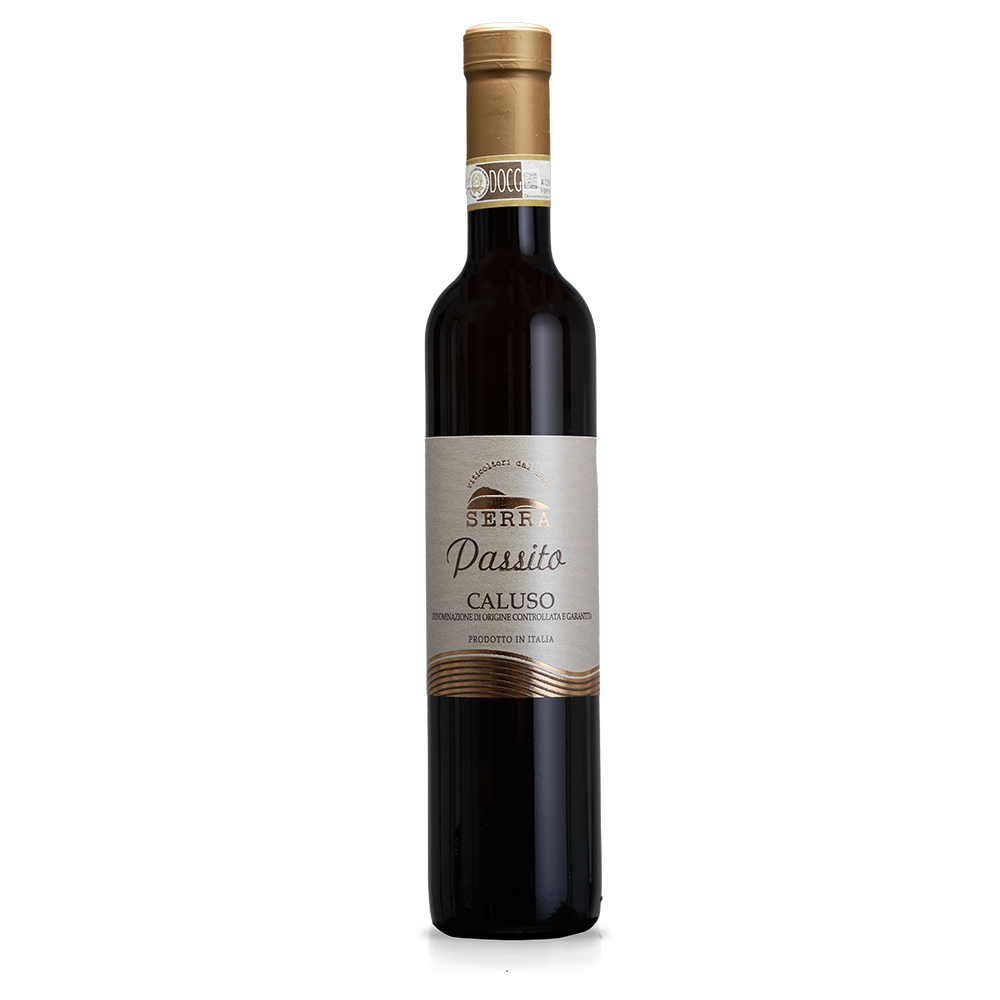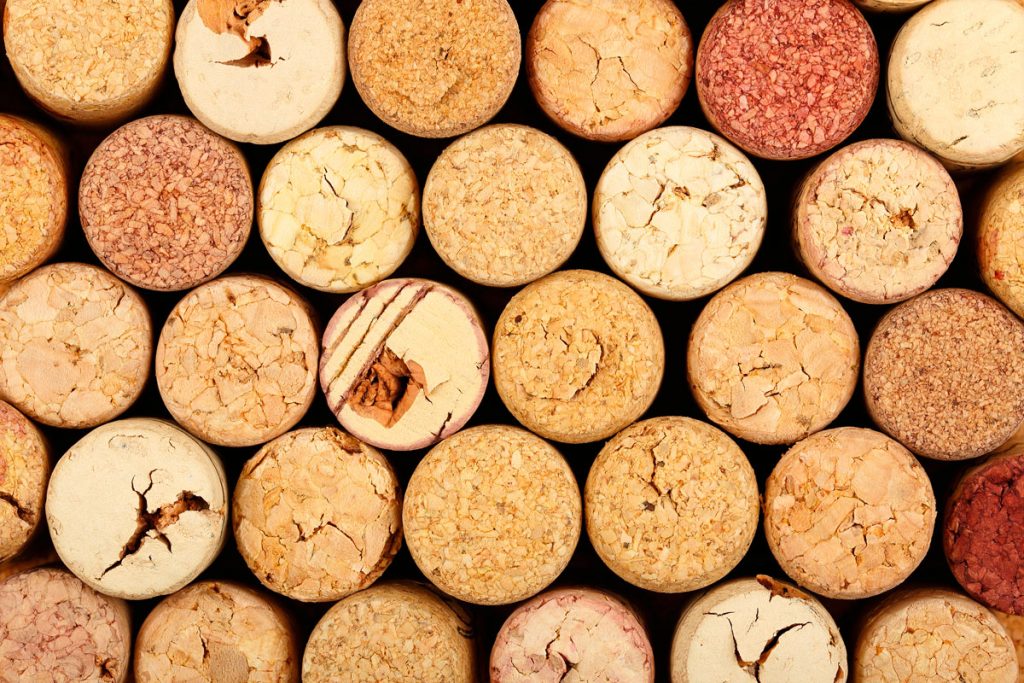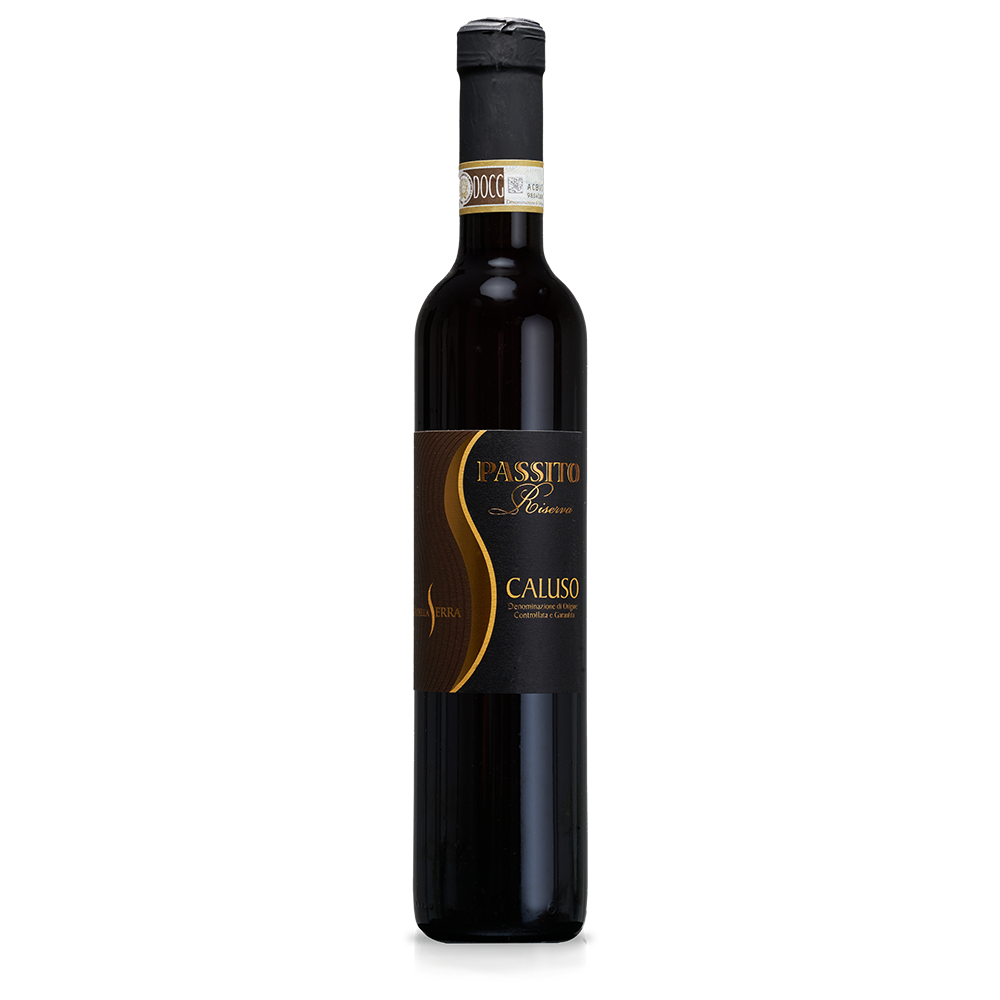Grapes: Erbaluce
Pruning type: Bower and espalier
T/ha: 5
Annual production of bottles: 4.000
Harvest: Mid september
Vinification: Pressing dried grapes, static settling of the must and start of the alcoholic fermentation.
Aging: 4 years in oak barrels and 4 months in the bottle
Bottling: Light filtration and capping with natural cork
Alcohol: 14 % Vol
Total acidity: 5,5 g/L
pH: 3.5
Caluso Passito DOCG

Characteristics for tasting
Colour: Clear, bright amber yellow
Smell: Complex, from dried fruit to bittering, from chestnut honey to peach blossom, from vanilla nuances to toasted almond flavors
Taste: Sweet, rich, slightly savory
Food pairings: It is a sweet wine with an important acidity, more complex than intense; then dry pastries and cheeses or savory dishes with a marked succulence
Nature pairings: The park in Agliè’s Castel, between history, art, architecture and the torcetti’s smell take out of the oven

Characteristics for tasting
Colour: Clear, bright amber yellow
Smell: Complex, from dried fruit to bittering, from chestnut honey to peach blossom, from vanilla nuances to toasted almond flavors
Taste: Sweet, rich, slightly savory
Food pairings: It is a sweet wine with an important acidity, more complex than intense; then dry pastries and cheeses or savory dishes with a marked succulence
Nature pairings: The park in Agliè’s Castel, between history, art, architecture and the torcetti’s smell take out of the oven
History
The origin of this wine lies in the mists of time. Originally it was classified among liqueur and dessert wines. Today it tends to accompany savory and cheeses. In 1855 the Passito obtained the gold medal at the Paris exhibition, gained awards at the Vatican exhibition and at many other international fairs.
Following the harvest in mid-September the loose bunches of Erbaluce grapes are dried for a prolonged period of time till the end of February. It is the result of the vinification of carefully selected healthy bunches and the natural drying process either by hanging them individually or by placing them on racks in order to aid the evaporation of the water in the grapes and the subsequent concentration of sugar.
The Passito must be matured for at least 4 years and the “Riserva” for 5 years. The Passito should be served in a smooth and thin glass or a fine crystal – preferably a goblet.




